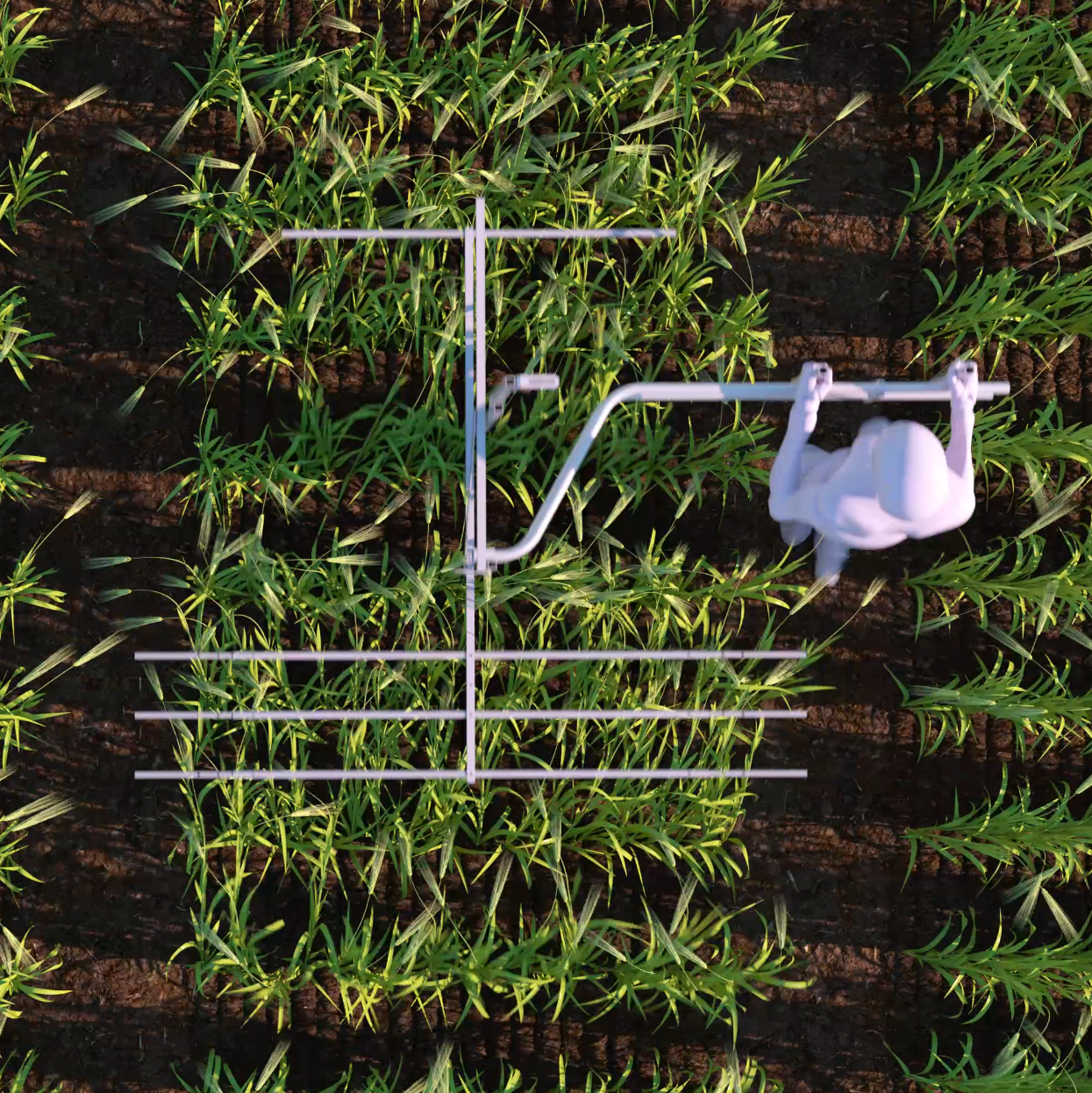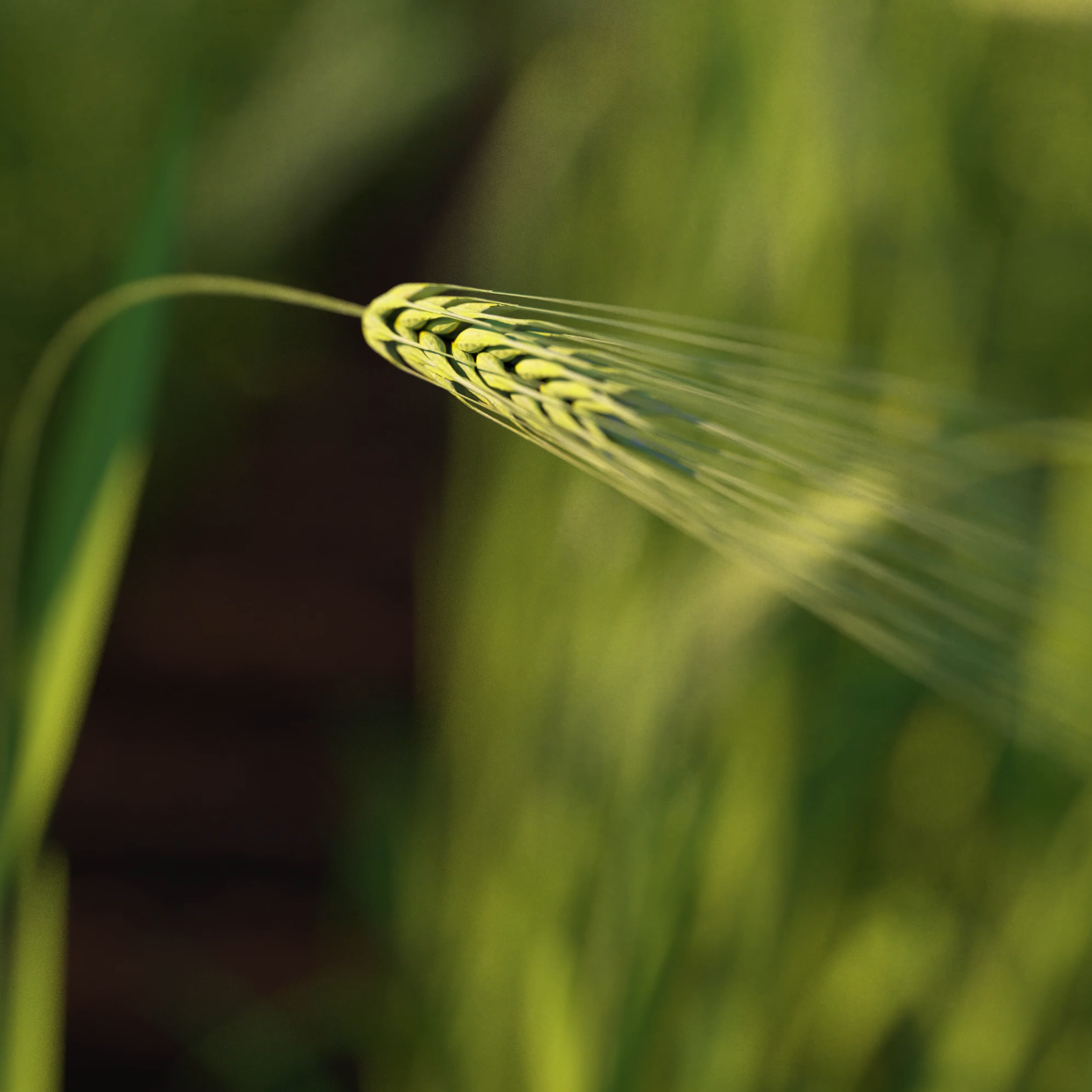If you aren’t working on the development of artificial intelligence (AI) or machine learning (ML), chances are that you’ve never heard of Nvidia GTC, so let's find out!
Nvidia is one of the world’s leading companies that develops all kinds of gadgets needed to make useful AI/ML applications. The GPU Technology Conference (GTC) is for AI innovators, technologists and creators. It’s here where Nvidia presents their latest products, services, and industry trends.
Nvidia makes blazing fast chips for computation, they provide software development kits to make developers' life easier, cloud computing services and virtual reality, to name a few. Some of their products might be familiar to you from gaming computers.
Although quite technical in nature, somehow they manage to package all this in an entertaining way. If you have time and want to learn what modern AI/ML can do in various industries, we highly recommend you watch Nvidia's CEO Jensen Huang keynote presentation. This blog will focus on three major points in AI/ML latest trends that we see as very promising for the purposes in plant breeding.

- Synthetic data will be an even bigger trend than it is now. As Huang quips: "synthetic data is a cornerstone of Nvidia's data strategy". There's myriads of cross-industry applications where synthetic data can create value for customers. The cross-industry need for these capabilities is a great accelerator that we can leverage in plant breeding ML/AI applications. We use synthetic data for training our algorithms faster and more accurately, so that we can introduce machine vision to detect more interesting traits for the needs of plant breeders. Traits like spikes, spike size, grain count in the spike, or biomass.
- Simulation to reality. More and more training of the algorithms will happen in virtual reality with synthetic data. However, there are still some areas that need improvement to make sure everything works in real life as it works in the simulation. Again, as different industries have plenty of business use cases for simulations, these areas are improving fast and simulation will become evermore real. For plant breeding AI/ML applications this opens interesting opportunities. For example, virtual simulated fields and simulated test drives of observation robots to reduce the need for real-world testing.
- Natural Language Processing (NLP). NLP is an algorithmic capability to produce text, speech, and software code. Moreover, conversational capabilities are very useful for areas such as customer service. Nvidia showcased a 3D avatar, which in real time, answered expert questions like "What are proteins and how do they function?" or "How do you discover exoplanets in space and what are the methods of discovering them?". And all this with "zero shoot learning", meaning that the algorithm has no prior experience of the questions, it hears them for the first time. Honestly, even though we follow the industry very closely we were blown away with this one. See it for yourself (27:00 onwards).
As a member of the Nvidia Inception start-up program we are in a fantastic position to use all of these great building blocks and develop computational, data-driven and AI based plant breeding processes. Stay tuned!




